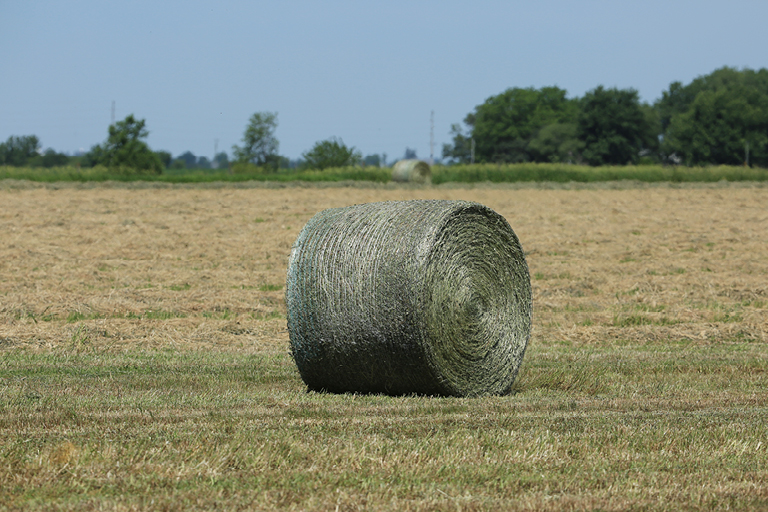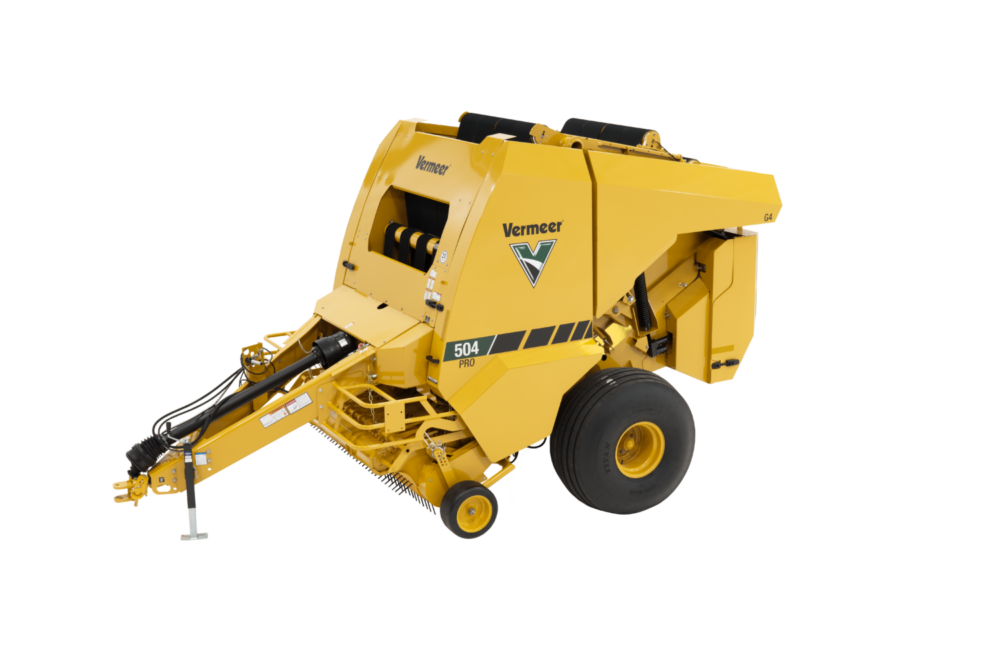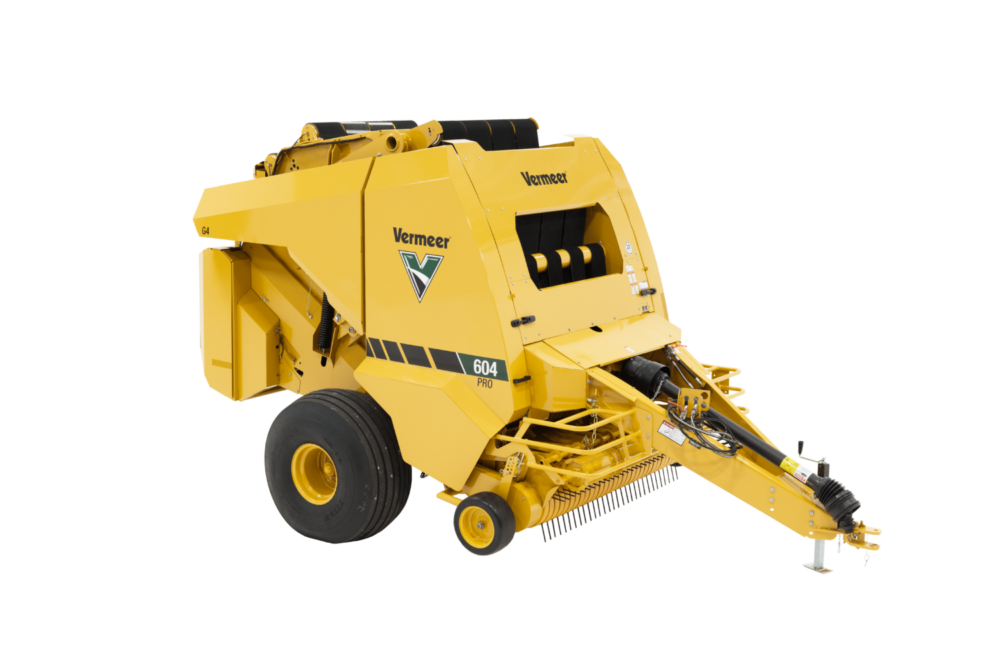
What you need to know about silage nutrition
April 2023
With the unpredictable weather during hay season, consistently making dry hay is just plain hard. More and more producers are starting to bale silage, also known as baleage. Silage is harvested at a significantly higher moisture level than dry hay, allowing producers to roll silage at 25-65% moisture content, rather than waiting to bale dry hay at 15-20%. But that’s not the only reason for the shift toward baling silage — silage nutrition is also a plus. Read on and check out the articles linked below for even more information you can use to decide if baling silage is right for your operation.
Is it time to consider baling silage on my operation?
One of the biggest benefits of baling silage is not having to wait for the crop to dry down before baling like traditional methods. Producers choose to bale silage for several other reasons. Some live in wetter areas, so baling silage helps them get in the fields faster. Others fill feed supply gaps with summer annual baled silage.
Want more information? Read this article to learn how silage solved challenges for some forage producers in the South: makinhay.com/silage-of-the-south/. Then learn the truth behind common myths about baling silage: makinhay.com/bust-these-5-myths-about-making-baleage-or-baled-silage/.
How does silage nutrition stack up to dry hay?
Silage is a solid solution for maximizing forage quality. When baling silage, you can put up hay when it’s at its highest nutritional value, rather than sacrificing the quality of the product waiting for dry weather. High-moisture alfalfa forage typically loses fewer leaves. With most of a legume plant’s protein content found in its leaves, the crude protein of silage tends to be higher than that of dry hay. That translates to high feed efficiency, which can lead to gains in beef cattle and maximized milk production in dairy cattle.
Plus, silage is more easily digested than dry hay and is more palatable for cows. They rarely leave any behind — where you’re likely to see more hay waste or loss with dry hay bales.

How can I maximize silage nutrition?
With silage, timing is everything. Once the forage is cut, the clock starts ticking for nutritional value. Every hour that passes from mowing to final wrapping decreases nutrition. So, the earlier you can wrap bales, the more nutrients can be retained.
Another essential part of maintaining silage nutrition is bale storage. Keep your bales away from areas with heavy wildlife traffic, look for well-drained areas and keep inline wrapped bales running north and south to help prevent plastic degradation from imbalanced sun exposure. Learn more about silage storage to maximize the nutritional value of bales.

When is it time to consider adding silage baling equipment?
If you’re interested in producing silage on your operation, consider adding a silage baler, like a Vermeer 504 Pro G3 baler. Built specifically to handle wet, heavy crops, each baler in the Vermeer Pro lineup includes a chopping system to precut forage. This gives cattle smaller bites and minimizes mixing time with a vertical mixer. A bale wrapper is also an essential tool for silage. Your Vermeer dealer can help you determine which equipment will best fit your operation. You can also read more about the equipment needed for baling silage here:


